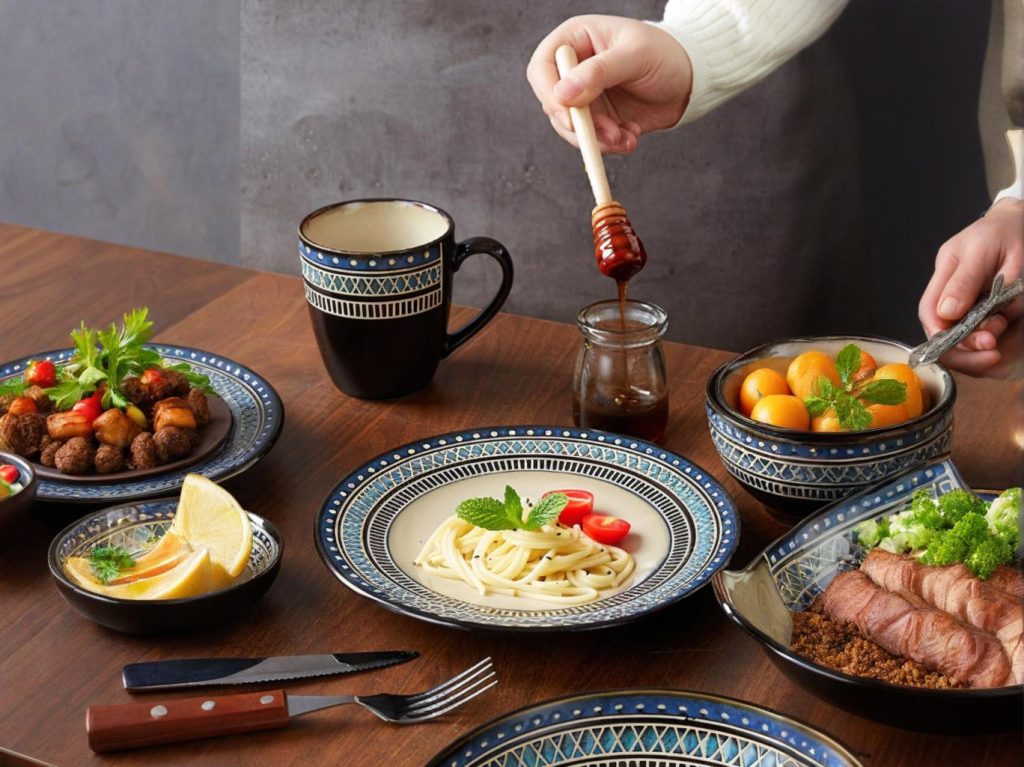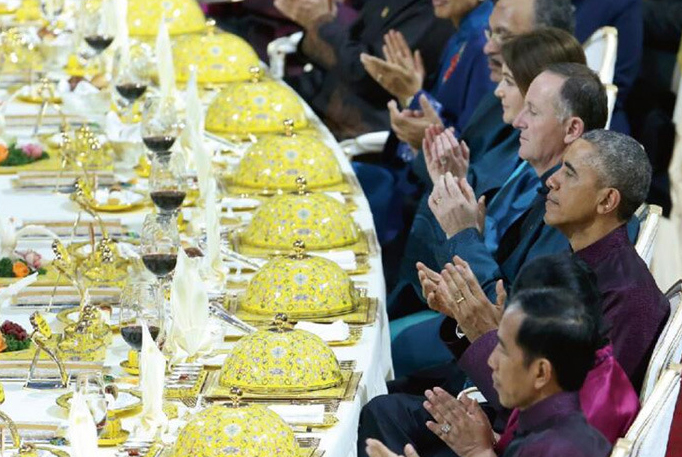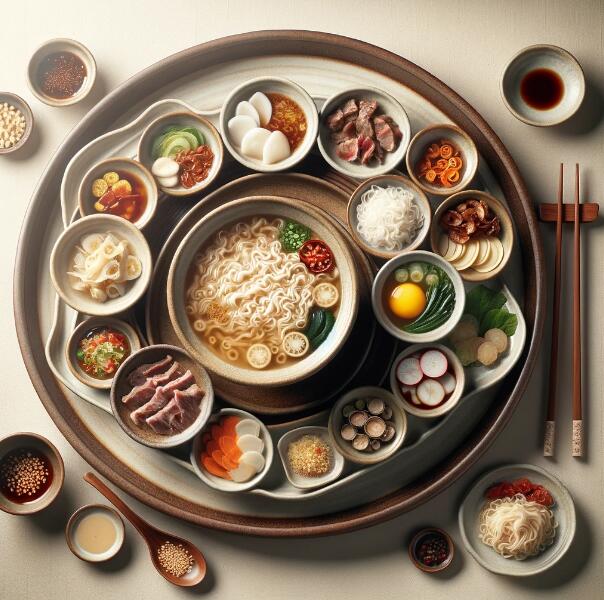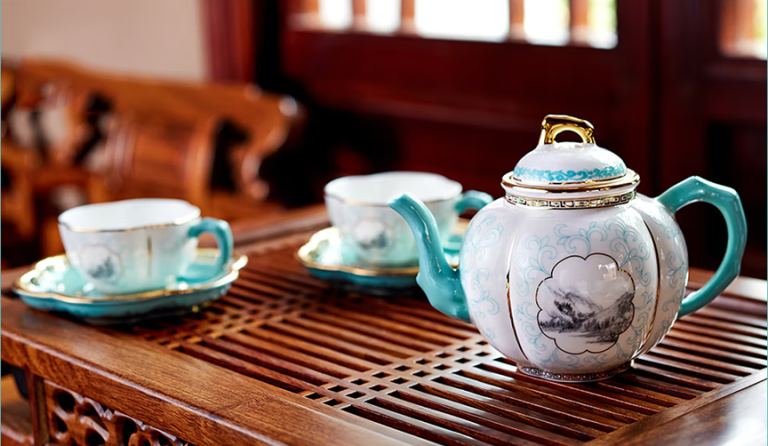Fruit Plate Customization
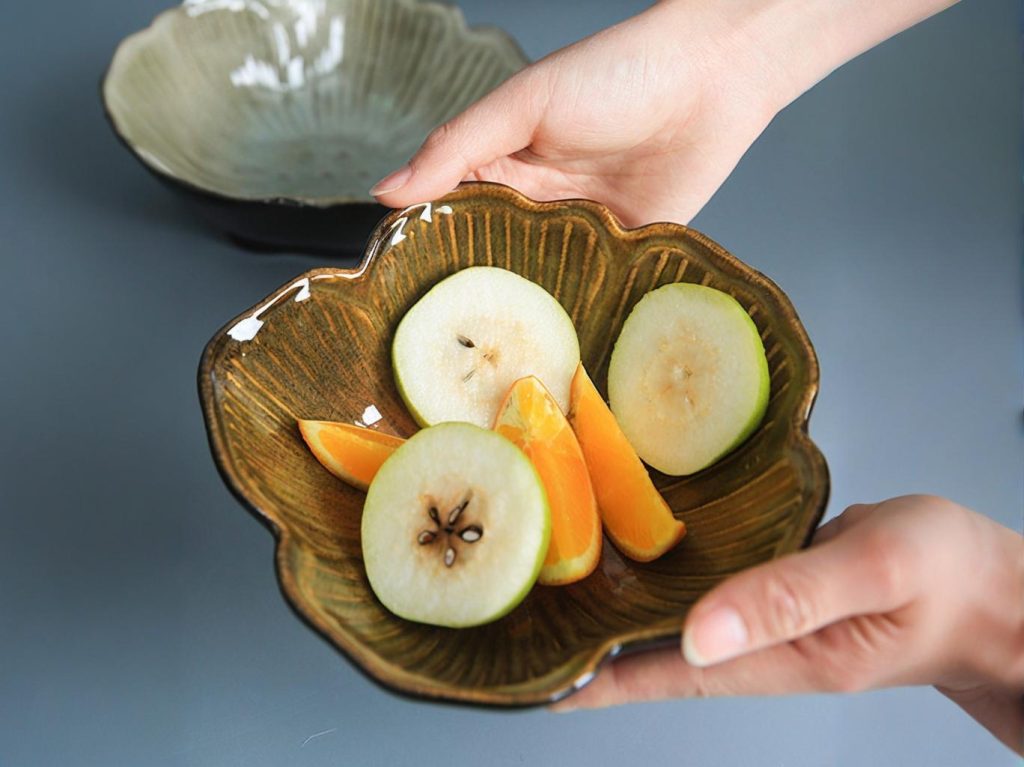
Yuquan Simple Style 6-inch Embossed Ceramic Salad Bowl & Fruit Plate Wholesale
This simple yet elegant dinnerware features embossed decorations that add class to the table.
Fruit Plate Brand Recommendation
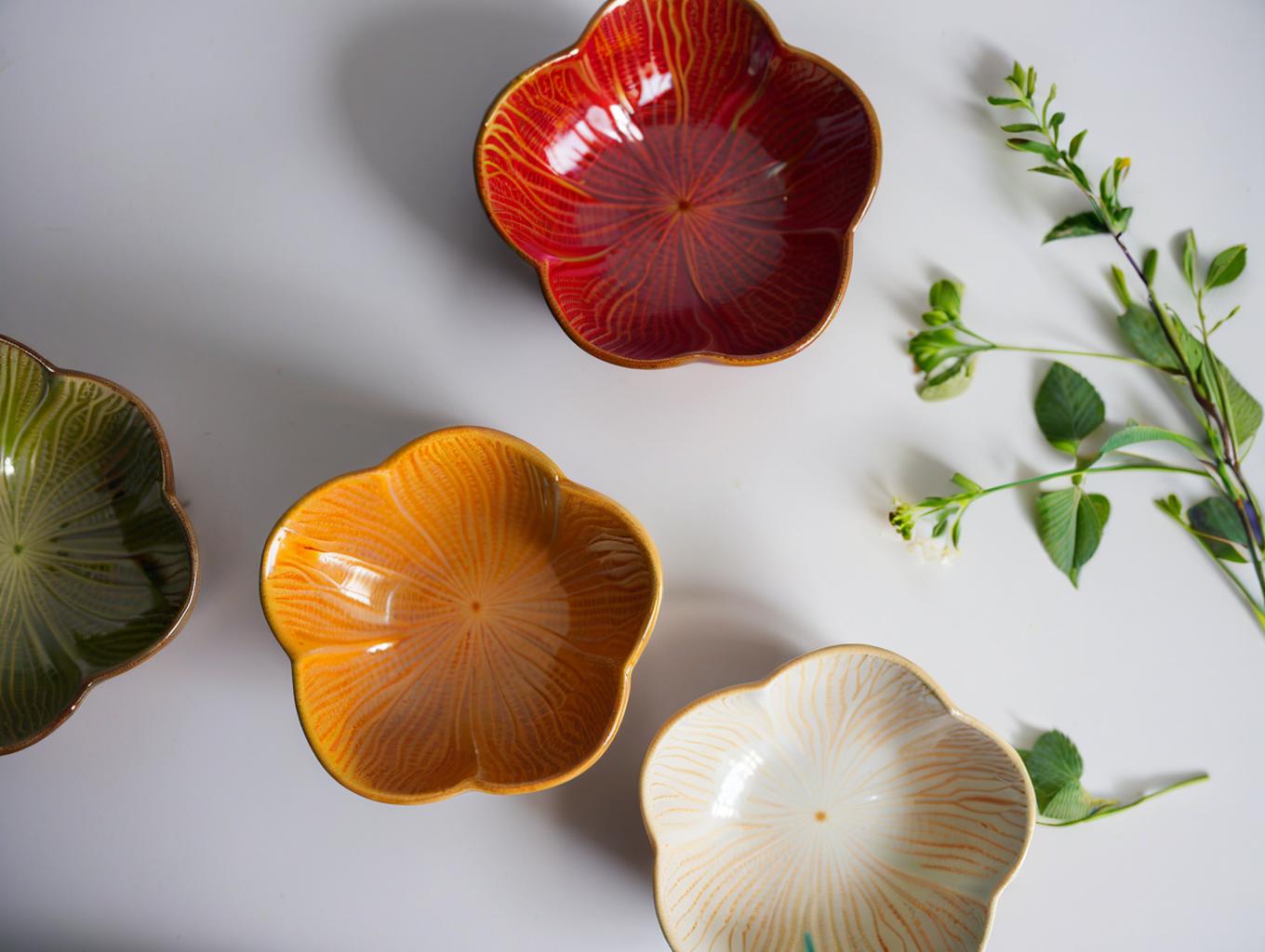
Harry & David
Premium gourmet fruit baskets and gifts since 1934, famous for signature pears and quality fresh produce delivery nationwide.
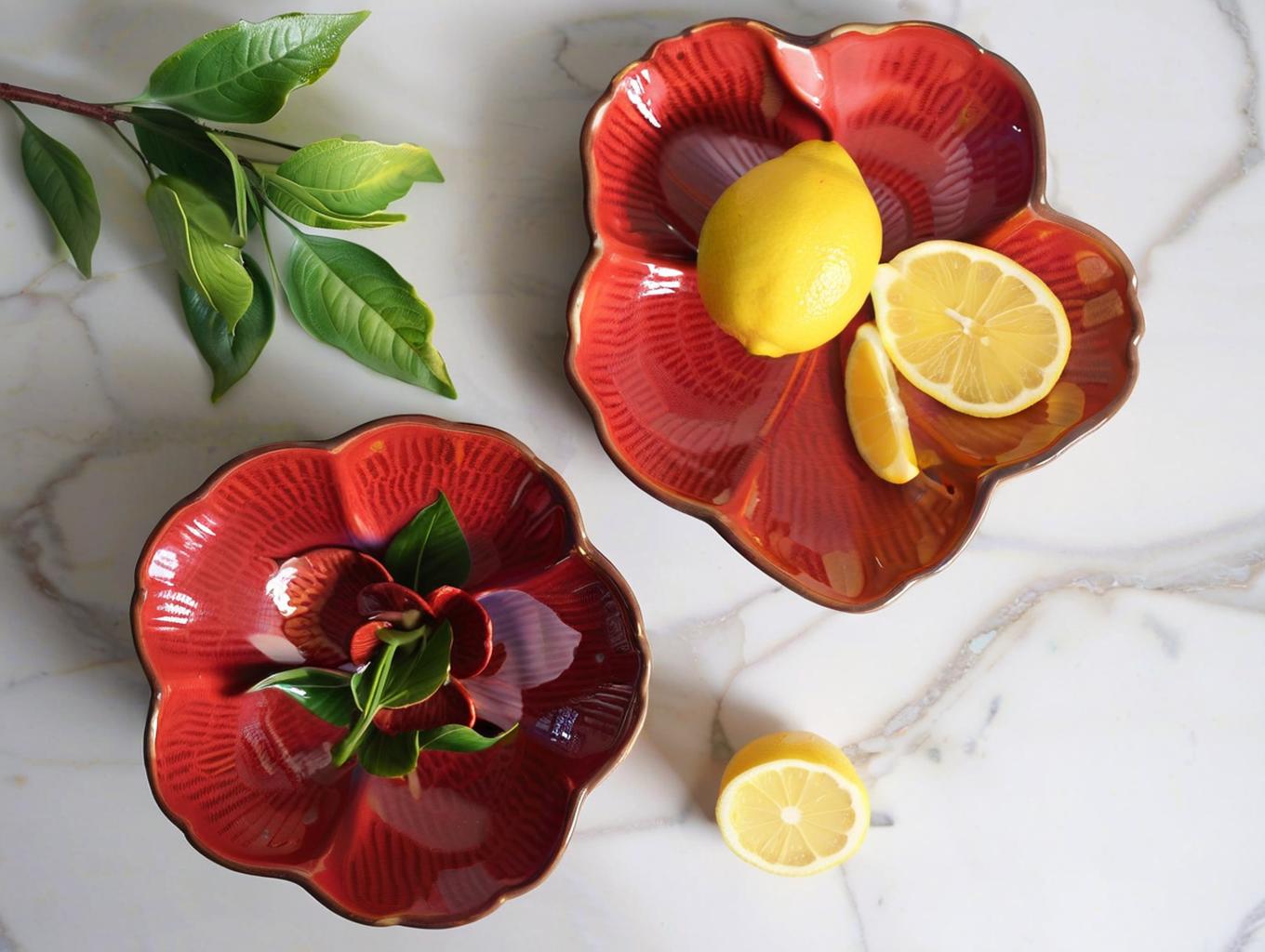
Edible Arrangements
Specializes in creative fruit arrangements, chocolate-dipped fruit, and fresh fruit trays perfect for parties and special occasions.
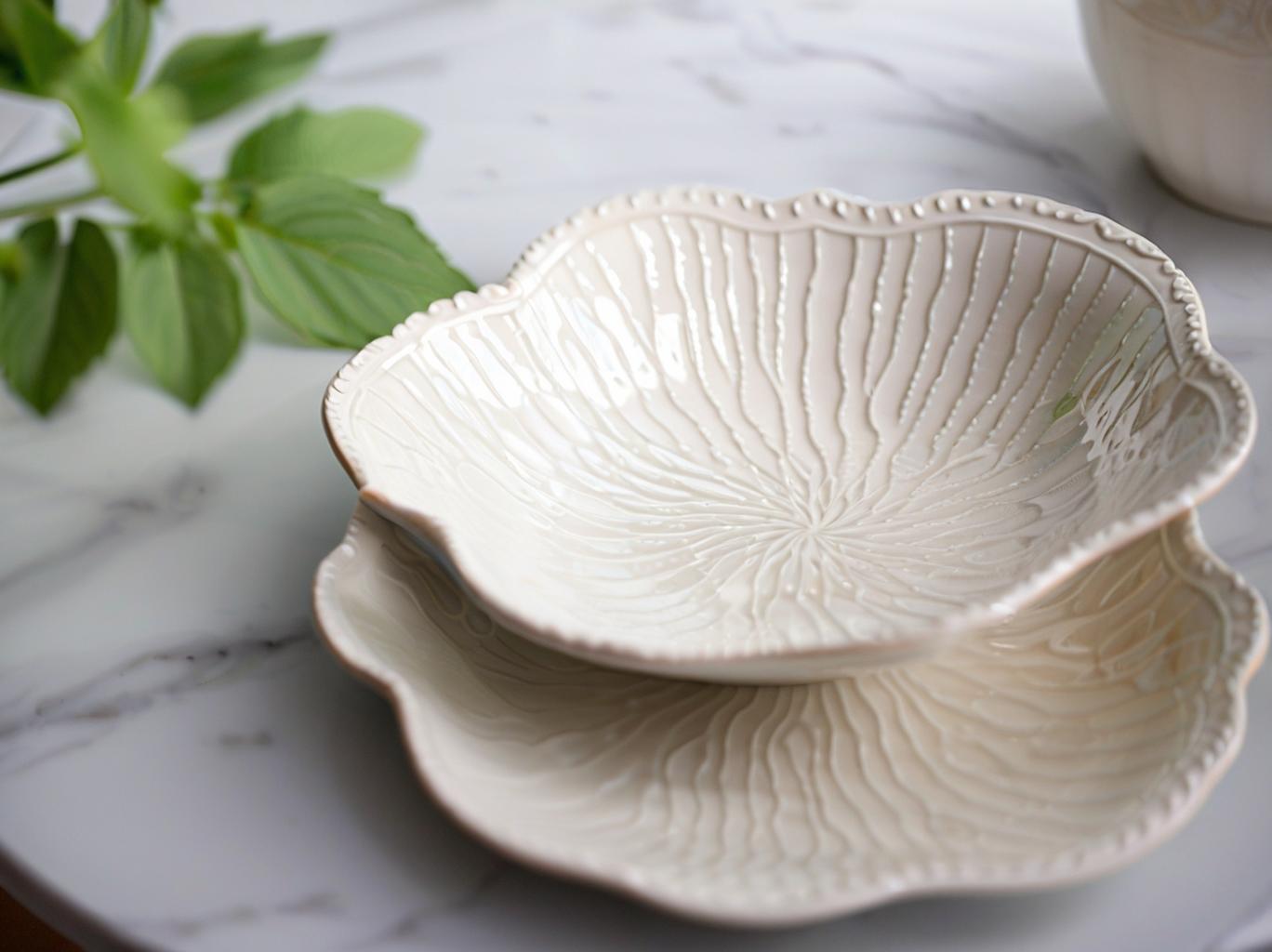
Frog Hollow Farm
Certified organic farm delivering tree-ripened seasonal fruits in eco-friendly packaging, grown using sustainable regenerative farming practices.
Custom Fruit Plate
Create your perfect fruit plate with personalized designs, crafted to match your unique taste and table style.
Fruit Plate Customization Process Flowchart

Honors and Awards


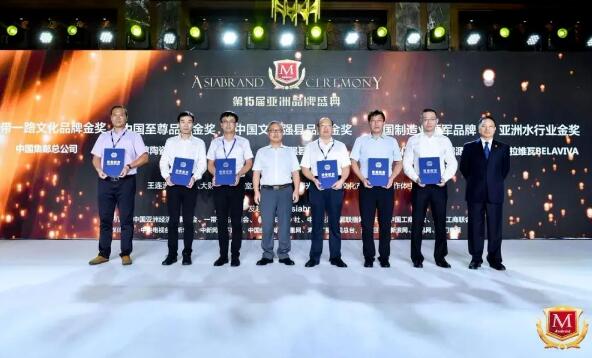
Welcome To Our Fruit Plate Production Line Factory!
- Witness our advanced manufacturing processes firsthand
- Meet our skilled artisans and design team
- Experience the quality of our materials and craftsmanship
- Discuss customization possibilities for your specific requirements
- Explore potential partnership opportunities
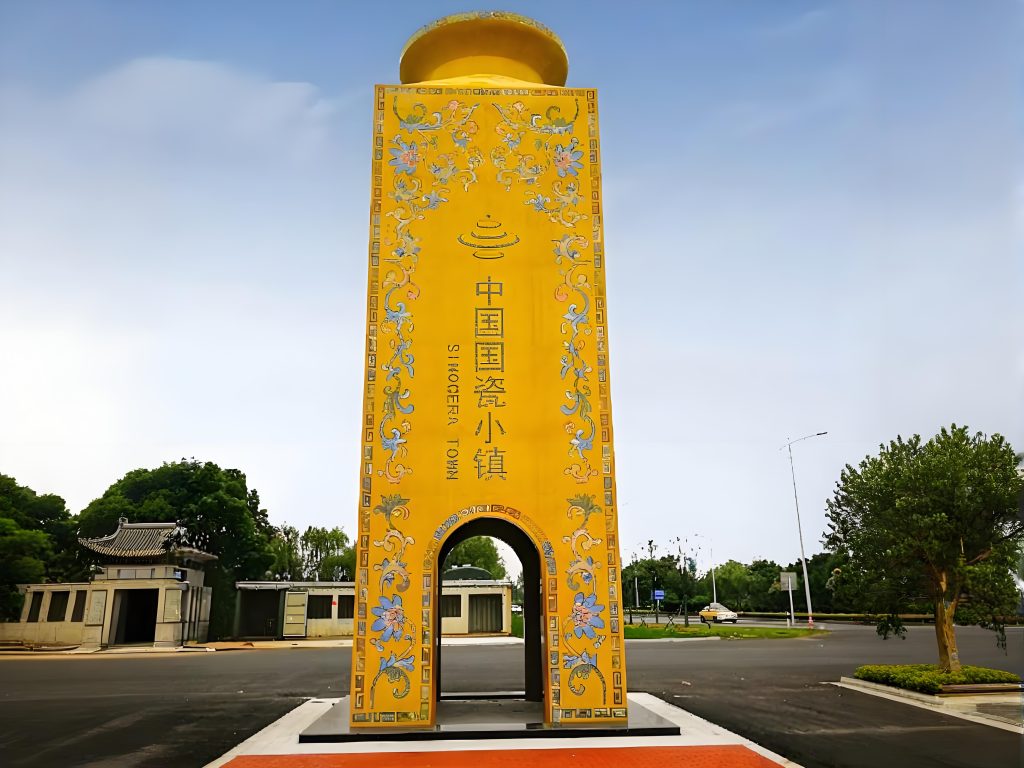
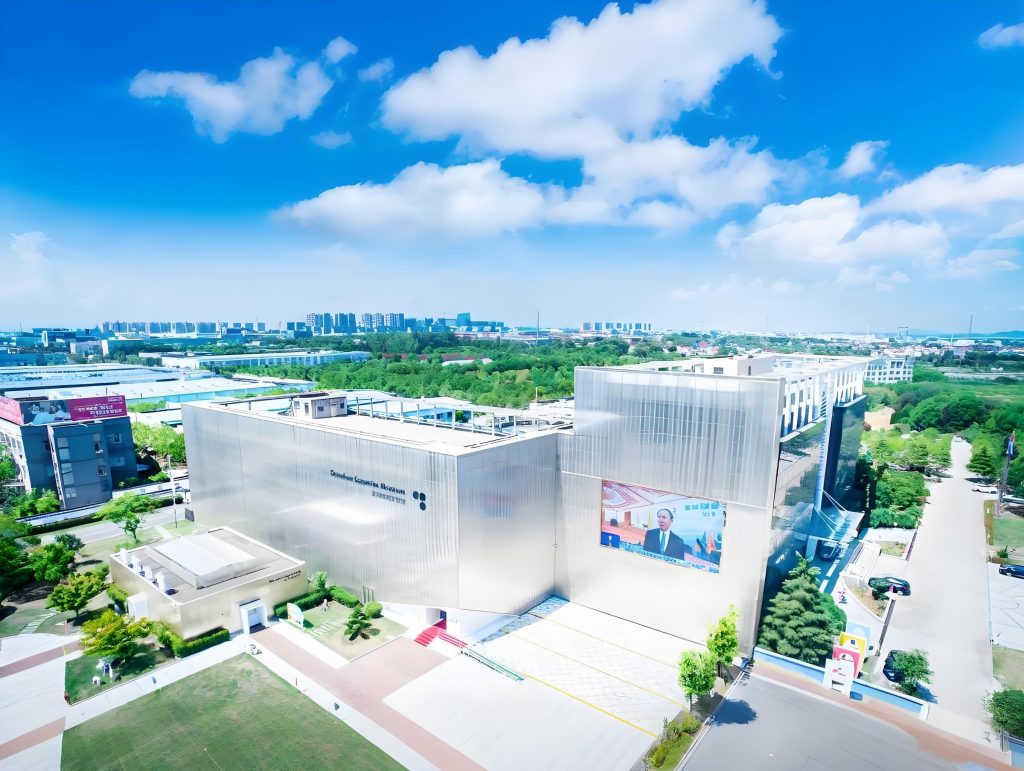
Related Resources
Frequently Asked Questions
Contact
Get in touch with GC Porcelain
We welcome any questions or comments you may have, so feel free to reach out to us using any of these methods.
Address
No. 008 Jing Shan Road, Gaochun Economic Development Zone, Gaochun District, Nanjing City, Jiangsu Province, China.
Email Us
Call Us
+8615751857906
Years of history
Pieces per year
Ship to Countries
Honors and awards


